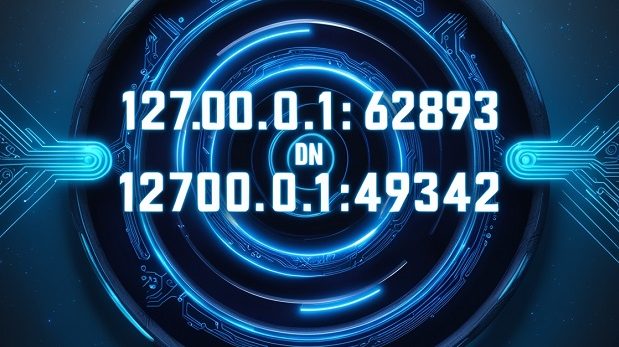127.0.0.1:62893 might seem like a jumble of numbers, but it’s actually a key component in the world of networking and computer science. Commonly referred to as the “localhost” or “loopback address,” 127.0.0.1 is used by a computer to communicate with itself.
When combined with port number 62893, it opens up a wide range of technical possibilities, from software development to network testing. In this article, we’ll delve into the intricacies of 127.0.0.1:62893, exploring its functionality, benefits, and how to troubleshoot common issues.
What is 127.0.0.1:62893?
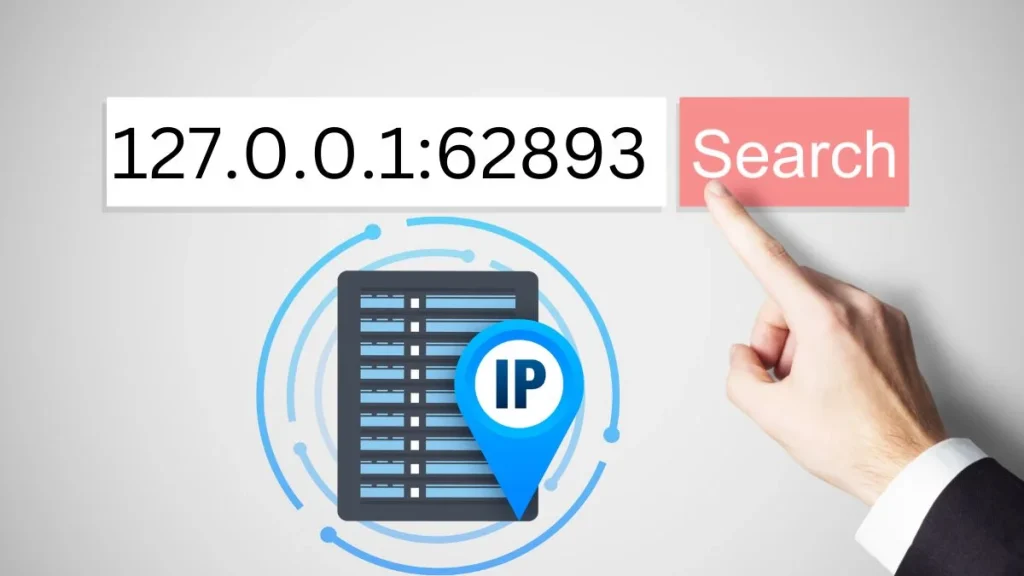
At its core, 127.0.0.1:62893 represents an IP address paired with a specific port number. The IP address 127.0.0.1 is a special-purpose address used to denote the local machine, while port 62893 serves as a communication endpoint for networked services.
Together, they allow various software applications to communicate with one another on the same device without needing an external network connection. This setup is crucial for developers testing new software and network configurations.
Understanding 127.0.0.1
127.0.0.1 is commonly known as the “localhost” or “loopback address.” It falls within the reserved IP range 127.0.0.0 to 127.255.255.255, specifically designed for loopback traffic. When a computer sends data to this address, the data is routed back to the same device, enabling internal communication.
This mechanism is vital for testing software, as it allows developers to simulate network conditions locally.
Port 62893: A Gateway to Services
In networking, a port number is used to identify specific processes or services running on a machine. Port 62893 can be assigned to any service or application requiring a unique communication endpoint. This could include web servers, databases, or even specialized software tools. By using a unique port number, like 62893, applications can avoid conflicts with other services and ensure smooth operation.
Why is 127.0.0.1:49342 Special?
The loopback address, 127.0.0.1:49342, is special because it is hardcoded into network protocols to refer to the local machine. It allows applications to test without connecting to an external network, making it indispensable for developers and system administrators. Moreover, using the loopback address can enhance security by keeping sensitive data within the local machine.
How It Works?
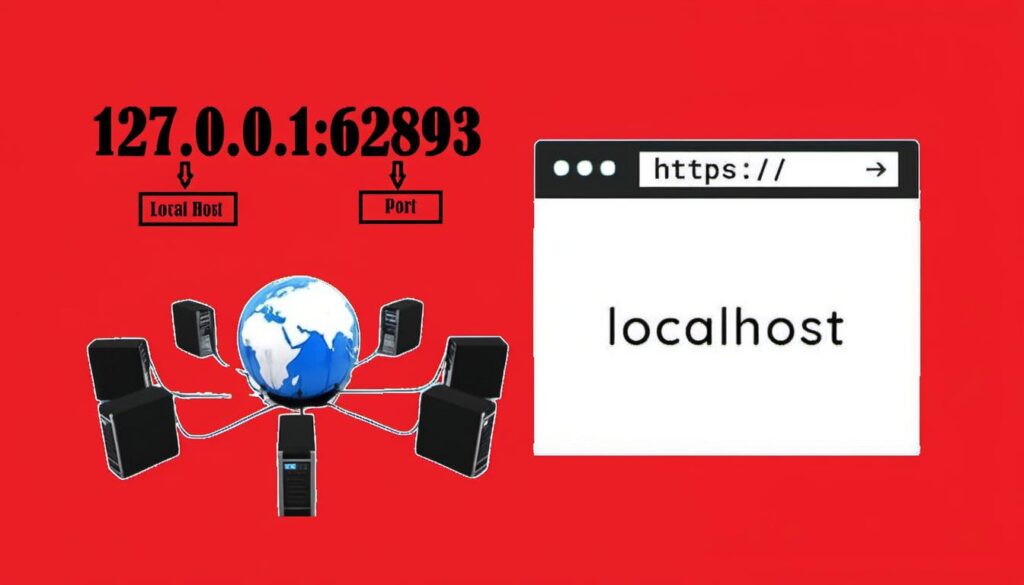
Here’s a simple breakdown of how 127.0.0.1:62893 works:
- Data sent to 127.0.0.1: The data is routed back to the same machine.
- Port number 62893: Acts as an endpoint for specific services or applications.
- Internal communication: The setup enables services to communicate internally without external network dependency.
- Testing environment: Ideal for developing and testing new software.
The Benefits of Using 127.0.0.1:62893
- Safe testing environment: Allows for testing software locally without external network risks.
- Isolation: Keeps internal communications within the device, enhancing security.
- Flexibility: Can be used for various applications, from web servers to databases.
- Efficiency: Speeds up the testing process by eliminating the need for an external network.
When Might You See 127.0.0.1:62893?
- During software development: To test new applications locally.
- In debugging processes: To diagnose issues without external interference.
- In educational environments: For learning and experimenting with networking concepts.
- On personal devices: For running local servers or services.
- In network simulations: To mimic real-world network scenarios.
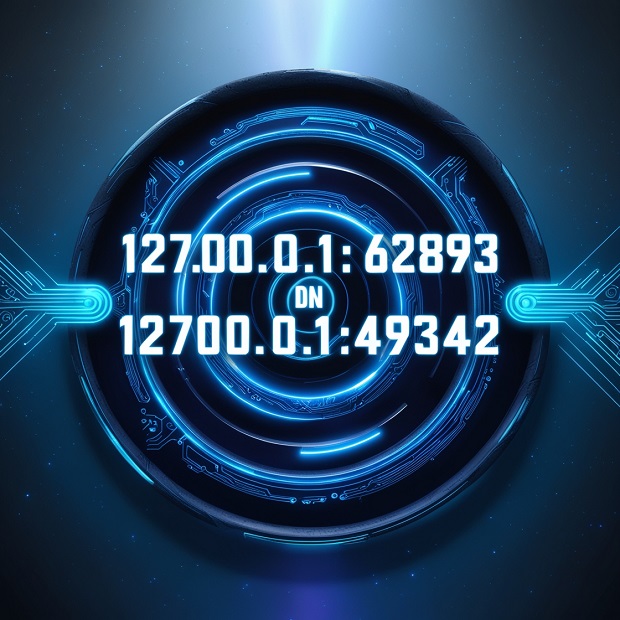
Top Fixing Tips for Common Issues
- Check service status: Ensure the service you’re trying to access on port 62893 is running.
- Verify firewall settings: Make sure your firewall isn’t blocking the connection.
- Restart the service: Sometimes a simple restart can resolve connectivity issues.
- Check for port conflicts: Ensure no other application is using port 62893.
- Consult logs: Review system logs for any errors or warnings related to the service.
Common Error: “Disconnected from the target VM, address: 127.0.0.1:62893”
This error typically occurs when a virtual machine (VM) loses connection to the local service or application it’s trying to communicate with. The message indicates that the VM was unable to maintain a stable connection to the specified address and port. This issue can arise in various scenarios, such as during debugging or running automated tests.
Why Does This Error Happen?
Several factors can cause this error, including:
- Service downtime: The service on port 62893 may not be running.
- Network configuration issues: Misconfigured network settings can lead to connection problems.
- Port conflicts: Another application may be using port 62893, causing a conflict.
- Firewall restrictions: Firewall settings may block the connection to 127.0.0.1:62893.
- Resource limitations: Insufficient system resources may cause the VM to lose connection.
How to Fix the Error?
- Check the service status: Ensure the service on port 62893 is up and running.
- Review network settings: Verify that network configurations are correct and allow loopback traffic.
- Resolve port conflicts: Identify and stop any other services using port 62893.
- Adjust firewall settings: Configure the firewall to allow connections to 127.0.0.1:62893.
- Increase system resources: Allocate more resources to the VM if necessary.
Is It Safe to Use 127.0.0.1:62893?
Using 127.0.0.1:62893 is generally safe, as it involves internal communication within the same device. However, security best practices should still be followed. This includes ensuring that the services running on this address and port are secure and that sensitive data is protected. While the loopback address keeps traffic local, vulnerabilities in the software being tested can still pose risks.

How to Check What’s Using a Port?
- Using command-line tools: Commands like
netstat,lsof, orsscan list active ports and the associated processes. - Third-party software: Tools like Wireshark or TCPView provide a graphical interface to monitor port usage.
- Operating system utilities: Both Windows and Unix-like systems have built-in utilities to check port status.
Tips for Avoiding 127.0.0.1:62893 Problems
- Regularly update software: Keep your applications and services up-to-date to avoid compatibility issues.
- Monitor system logs: Regularly check logs for any warnings or errors related to network services.
- Use unique port numbers: Avoid using default ports that might be occupied by other services.
- Test configurations: Always test network configurations in a controlled environment before deployment.
- Educate team members: Ensure everyone involved understands the importance of proper configuration and security.
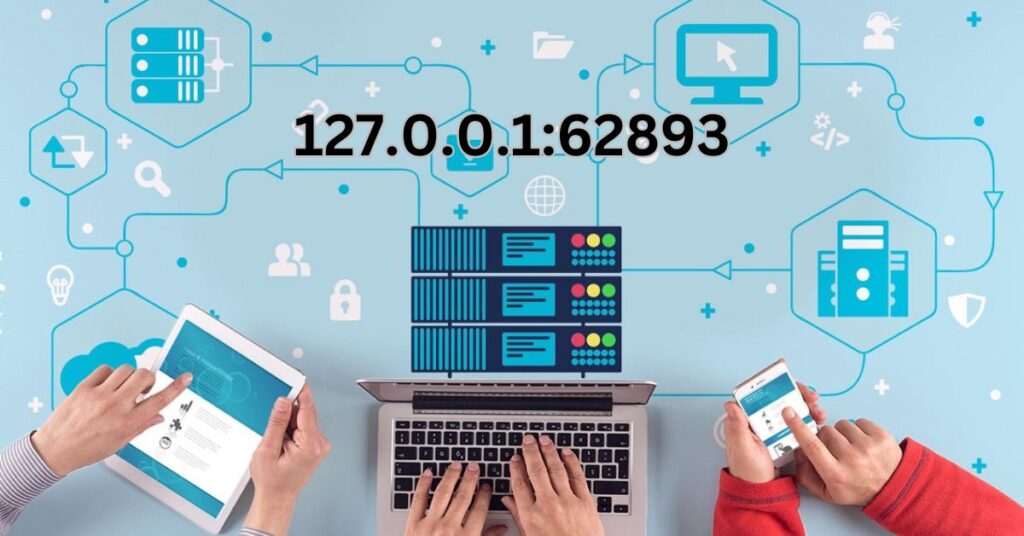
Conclusion
127.0.0.1:62893 is more than just a technical detail; it’s a powerful tool for developers and network administrators. By understanding its purpose and how to use it effectively, one can leverage this local communication channel to streamline development, testing, and troubleshooting processes.
Whether you’re isolating applications, simulating network conditions, or ensuring secure data handling, the loopback address combined with a specific port offers invaluable flexibility. Embracing best practices and staying vigilant about potential issues can maximize the benefits of using 127.0.0.1:62893.
This foundational knowledge empowers professionals to build more reliable and secure systems, making it a cornerstone of modern networking and software development.
Frequently Asked Questions
Can other people see my 127.0.0.1:62893?
No, 127.0.0.1 is the “localhost” address, meaning it’s only accessible from your own computer.
Do I need to worry about hackers using 127.0.0.1:62893?
Not usually. Since 127.0.0.1 is only accessible locally, it’s generally safe. Just keep your system and applications secure and updated.

